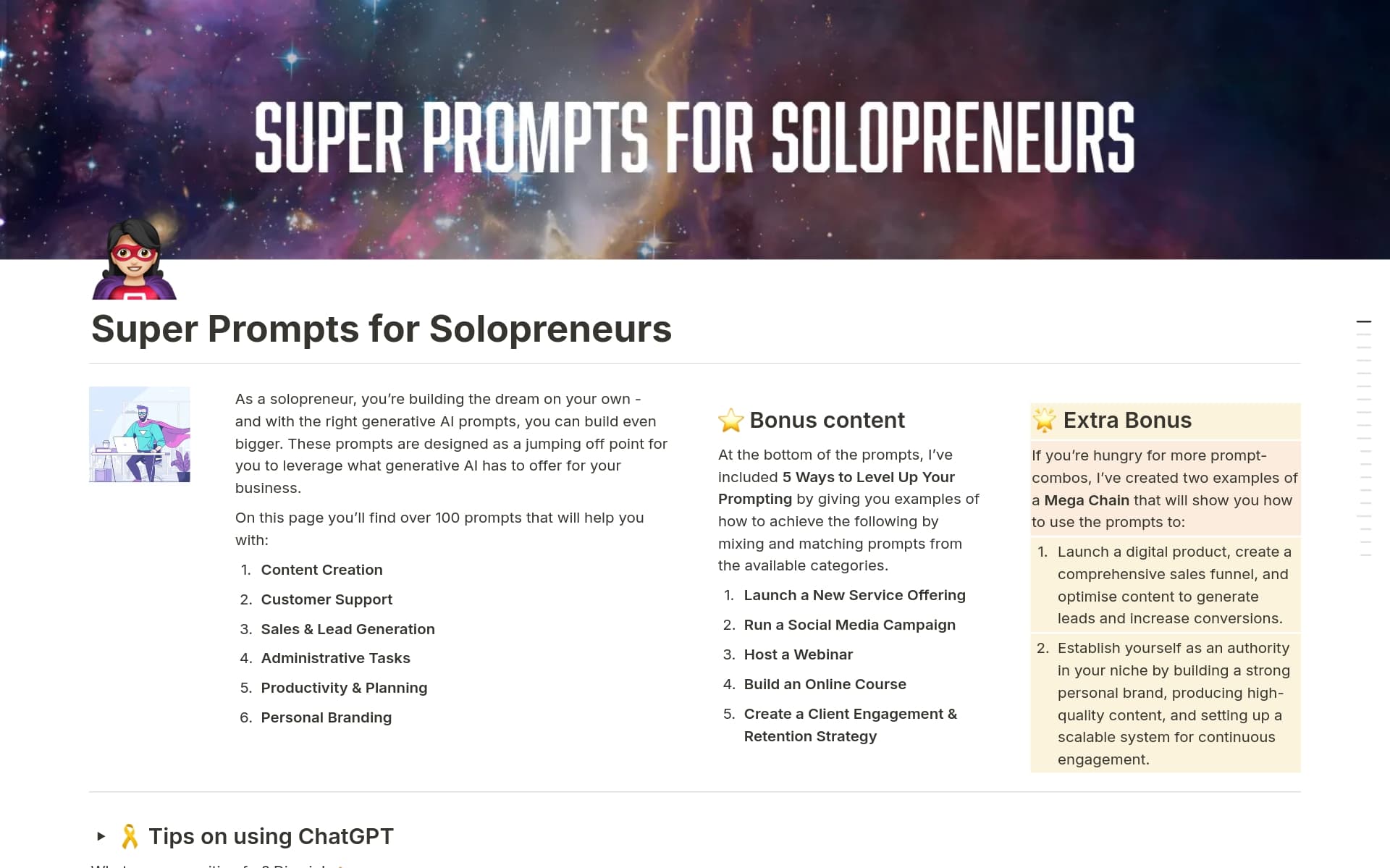Maintaining an Expense Tracker is crucial for financial health; it helps you monitor spending, identify wasteful habits, and stay within budget. An Expense Tracker template for Notion streamlines this process, providing structure and ease, so you can focus on analyzing your financial habits rather than getting bogged down by the logistics of tracking.
Before you dive into creating your own Expense Tracker, consider exploring these Notion templates to simplify and enhance your financial tracking experience.
What Should Expense Tracker Templates Include?
Choosing the right Expense Tracker Template in Notion can streamline how you manage your finances. Here are key components to look for in a template:
Comprehensive Categories: Ensure the template includes a variety of categories for expenses, such as food, transport, and utilities, to cover all aspects of your spending.
Monthly Overview: A good template should provide a clear monthly overview that allows you to see your total expenditures at a glance, helping you to understand your spending patterns better.
Expense Trends Graph: Look for templates that feature visual representations like graphs or charts, which can make it easier to track and analyze your expenses over time.
Customization Options: The ability to customize categories and budgets is essential, as it allows you to tailor the template to your specific financial situation and goals.
With these components, a Notion Expense Tracker Template can become an invaluable tool for managing your personal finances effectively.
What Should Expense Tracker Templates Avoid?
Choosing the right expense tracker template in Notion can streamline your financial management. However, some features can complicate rather than simplify your expense tracking. Here are three key components to steer clear of:
Overly Complex Categories: Templates with too many specific categories can make it difficult to consistently categorize expenses, leading to confusion and inconsistency in tracking.
Non-customizable Fields: Avoid templates that don't allow you to modify fields. Flexibility is essential as your financial tracking needs may change over time.
Excessive Automation: While some automation can be helpful, too much can obscure how your money is managed. It's important to manually review and understand your expenses.
Remember, the best template is one that fits your personal or business needs without adding unnecessary complexity to your financial oversight.



